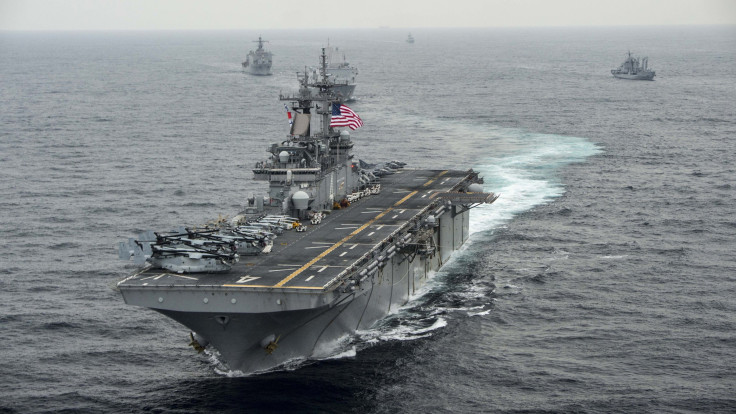East China Sea Controversy 2016 Update: Japan Steps Up Surveillance Amid Chinese, North Korean Threats

Japan is expanding its surveillance around the Senkaku Islands in the East China Sea in the face of increased activity from both China and North Korea. Tokyo is worried the region has become a "power vacuum," as tensions remain with Beijing.
“Considering North Korean activities, and the frequent invasion of our territory by China around these islands, we think we need to beef up our intelligence capability so that Japan can react better,” said Col. Masashi Yamamoto, Japan’s military attaché in the U.S., Defense News reported Thursday.
Japan’s increased surveillance, including a new radar observation station, is scheduled to go online March 28. The Senkaku Islands in the East China Sea are claimed by both Tokyo and Beijing and are under Japanese administration. China refers to the islands as the Diaoyu Islands. Yamamoto said Chinese vessels continue to enter the waters around the islands to test their limits. There is no indication, however, that any Chinese officials or forces have set foot on the islands.
The announcement from Tokyo comes as the U.S. reported increased Chinese activity around a reef in the South China Sea that Beijing seized from the Philippines four years ago, Reuters reported.
“I think we see some surface ship activity and those sorts of things, survey type of activity, going on. That’s an area of concern ... a next possible area of reclamation,” said Adm. John Richardson, describing the Scarborough Shoal in the Spratly Archipelago.
Japan and the Philippines signed a defense agreement earlier this month. Tokyo will provide Manila with aircraft to help patrol its waters, a move China has denounced as a challenge to its “sovereignty and security.”
China has continued to build up its presence in the region with deployment of military equipment and increased submarine patrols. The area is a key regional transit route where more than $5 trillion worth of trade passes yearly. Brunei, China, Japan, Malaysia, the Philippines, Taiwan and Vietnam all have competing claims on different areas of the South and East China Seas.
Meanwhile, North Korean continues to test-fire ballistic missiles despite a United Nations ban. Pyongyang's latest test Friday landed in the sea 500 miles from its east coast.
© Copyright IBTimes 2025. All rights reserved.






















